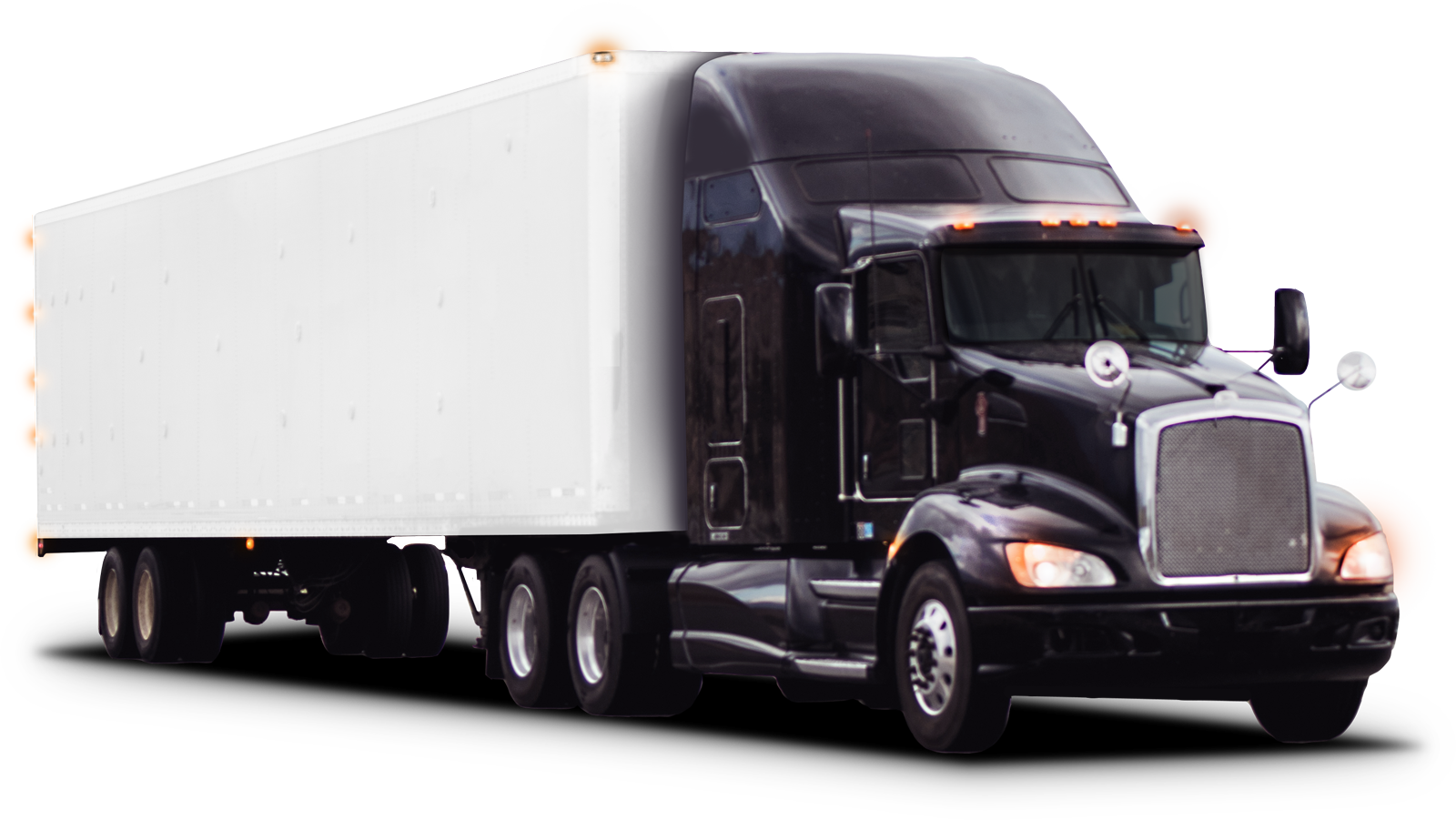Sudden downpours of rain can pose considerable driving hazards for truck drivers. That’s why it’s important for everyone on the road, but especially those operating large vehicles like semi-trucks, to keep in mind the specific measures they need to take when driving in severe rain. After all, high gusts that typically accompany the abrupt arrival of a major storm and torrential rain pose a unique threat to tractor-trailers. This hazard increases if the trailer is empty and more likely to flip over. Here are some safety precautions to take when driving a truck in the rain:
Rainy-Day Driving Tips for Trucks
- If you get caught in a rainstorm, day or night, whether indoors or outside, make sure your lights are on. This makes it possible for people to spot you even if the weather is poor.
- Even if it goes without saying that you should slow down when driving in inclement weather, it bears repeating in the face of torrential downpours that reduce visibility and can cause your truck to wobble violently in the wind. No matter what the posted speed limit says, your speed should always be appropriate for the conditions. Putting some space between you and the car in front of you is especially important on wet roads, as stopping distance increases.
- Keep your full attention on the road in front of you at all times by getting rid of any potential distractions. Nonetheless, this holds true at all times, but more so when traveling in bad weather. If you want to avoid being distracted while driving, you should turn down the radio, set the GPS, and straighten up the cab.
- The engine brakes and the cruise control are useful when driving on dry roads, but they can be dangerous in the rain. In reality, traction loss is prevalent on wet roads, therefore if you don’t want to risk hydroplaning or a skid due to the wet weather, you shouldn’t use your engine brakes, also known as jake brakes.
- Roads can be flooded and become impassable after a very strong or abrupt downpour. As a result, motorists should keep an eye out for hazards including standing water, debris, and washed-out roadways when traveling in, or through areas where a downpour has recently passed.
- In some cases, visibility deteriorates to the point where your rig cannot be operated safely. As a result, if you believe the weather has caused enough problems that driving is risky, it is time to pull over.
Preparing for Bad Weather
Staying safe on wet roads begins before you enter a thunderstorm. You should keep up with all truck maintenance, such as ensuring that your tires are in good condition, your windows are clear, you have properly functioning wipers, your brakes are operating properly, and you have an emergency kit onboard. It’s also crucial to keep up with weather updates along your intended route so you know if you’re going into a risky scenario and may adjust your route if required.
If you are a driver who is looking to join our growing team, check out our open positions.



